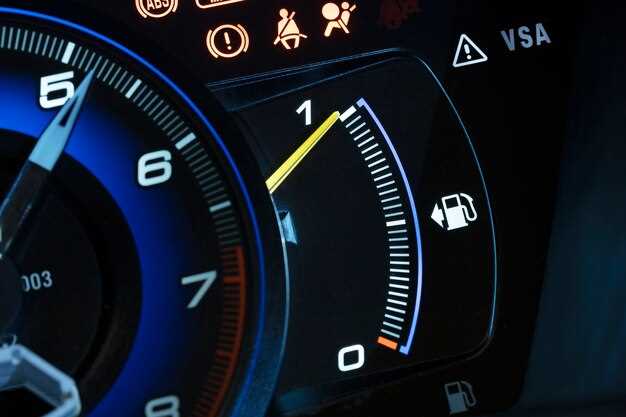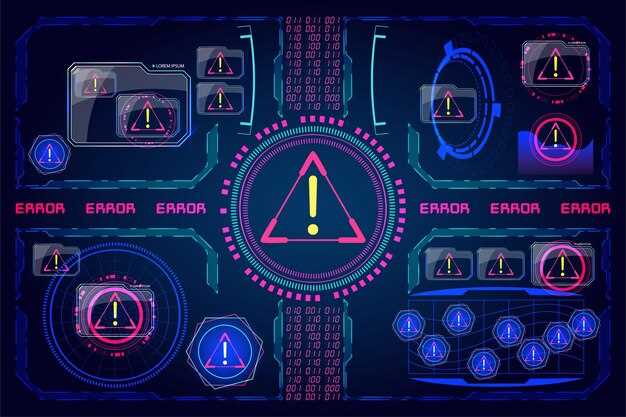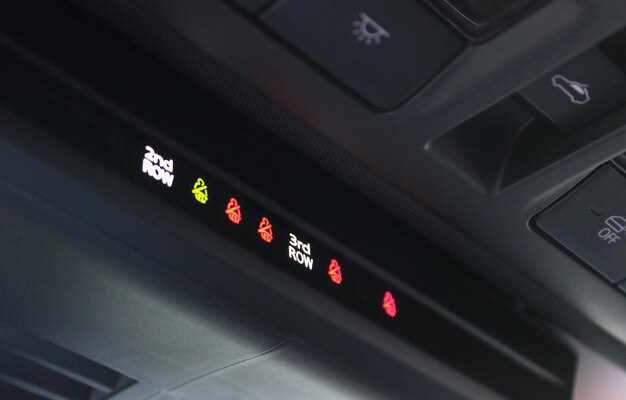
Dashboard warning lights serve as crucial indicators of a vehicle’s health, alerting drivers to potential issues that require immediate attention. These lights are the result of complex systems of sensors embedded throughout the vehicle, each designed to monitor specific parameters such as engine temperature, oil pressure, and battery voltage. Understanding what triggers these warning lights is essential for maintaining vehicle safety and performance.
When a warning light illuminates on the dashboard, it signifies that one of the vehicle’s sensors has detected an abnormality. For instance, the check engine light can indicate a variety of problems, ranging from a loose gas cap to more serious engine malfunctions. Identifying the exact cause of the warning is key to addressing the issue effectively and avoiding further damage.
This article will delve into the various types of dashboard warning lights, the role of sensors, and the common causes behind these warnings, ultimately equipping drivers with the knowledge they need to respond appropriately and ensure their vehicles remain in optimal condition.
Identifying Common Warning Light Indicators and Their Implications
Understanding vehicle warning lights is essential for safe driving. Each warning light serves as an indicator of a potential issue that requires immediate attention. Recognizing these lights can prevent further damage to your vehicle and ensure your safety on the road.
One of the most prevalent warning lights is the check engine light. This indicator can signal a variety of issues, ranging from minor problems like a loose gas cap to more severe engine malfunctions. Ignoring this light may lead to costly repairs, emphasizing the importance of addressing it promptly.
The oil pressure warning light is another critical indicator. When this light illuminates, it can indicate a drop in oil pressure, potentially leading to severe engine damage if not addressed swiftly. Regular oil changes and monitoring oil levels can help prevent this warning from appearing.
Brake warning lights signify issues within the braking system. This could range from low brake fluid levels to potential brake failure. Immediate action is necessary when this light activates, as brakes are vital for vehicle safety.
Battery warning lights indicate problems with the vehicle’s charging system. This could involve a failing alternator or battery. Ignoring this warning could result in a complete loss of power, leaving the vehicle inoperable.
Temperature warning lights should never be taken lightly. When triggered, they indicate that the engine is overheating, which could lead to extensive damage if the issue isn’t resolved quickly. Checking coolant levels and the cooling system is advisable if this light appears.
Tire pressure warning lights indicate that one or more tires may be under-inflated, which can affect handling and fuel efficiency. Proper maintenance of tire pressure is vital for safe driving and optimal vehicle performance.
In conclusion, recognizing and understanding warning lights is crucial for any vehicle owner. Addressing these warnings promptly can prevent major issues and contribute to the longevity and reliability of your car.
How Sensors Detect Issues and Trigger Warning Lights

Sensors in modern vehicles play a critical role in monitoring various systems and detecting potential issues. These sensors continuously gather data on key parameters such as engine temperature, oil pressure, brake performance, and tire pressure. When a sensor identifies a discrepancy outside of normal operational ranges, it sends a signal to the vehicle’s onboard computer.
The onboard computer processes the data received from the sensors and determines whether there is a valid concern that requires immediate attention. If an issue is confirmed, the system activates the corresponding warning light on the dashboard, alerting the driver to the problem. This process ensures that drivers are promptly informed of any mechanical or safety concerns, allowing for timely intervention and maintenance.
Different types of sensors are responsible for monitoring specific systems. For instance, oxygen sensors monitor the exhaust emissions, while temperature sensors keep an eye on engine heat levels. Each sensor has a defined threshold; when this threshold is exceeded or not met, the warning lights illuminate, indicating various issues such as overheating, low fluid levels, or braking system failures.
The swift response from sensors to anomalies is critical for vehicle safety and performance. Early detection of problems through these warning lights can prevent more severe damage, ensuring that drivers can take appropriate action before a minor issue escalates into a major concern. Regular inspections and maintenance of these sensors are vital to maintain their accuracy and effectiveness in the vehicle’s operation.
Troubleshooting Steps for Addressing Dashboard Warning Light Alerts

When a dashboard warning light illuminates, it is essential to take appropriate steps to diagnose and resolve the issue. Start by identifying which warning light has activated. This can often be done by consulting the vehicle’s owner manual, which provides specific information regarding the meaning of each light.
Next, check the vehicle’s sensors. Modern vehicles are equipped with various sensors that monitor critical systems, such as the engine, brakes, and oil levels. Ensure these sensors are functioning correctly. If a sensor is malfunctioning, it may trigger a warning light without a genuine issue being present. A diagnostic scan tool can help retrieve any fault codes related to these sensors.
If the warning light indicates a more severe concern, such as an oil pressure warning or engine temperature alert, it is crucial to stop the vehicle safely and turn off the engine immediately. Continuing to drive under these conditions may cause significant damage to the engine or other vital systems.
After the vehicle is safe, check fluid levels, including oil, coolant, and transmission fluid. Low fluid levels can cause various warning lights to activate. Refill any low fluids and monitor if the warning light resets after a brief drive.
If the light persists, inspect for any visible leaks or mechanical issues. Look for abnormal sounds while the engine is running, which may signify a deeper problem that requires professional attention.
If all checks are complete and the dashboard warning light remains illuminated, consult a qualified mechanic. They can perform a comprehensive system diagnostics to pinpoint the exact cause and apply necessary repairs. Ignoring dashboard warning lights can lead to increased repair costs and safety hazards.



